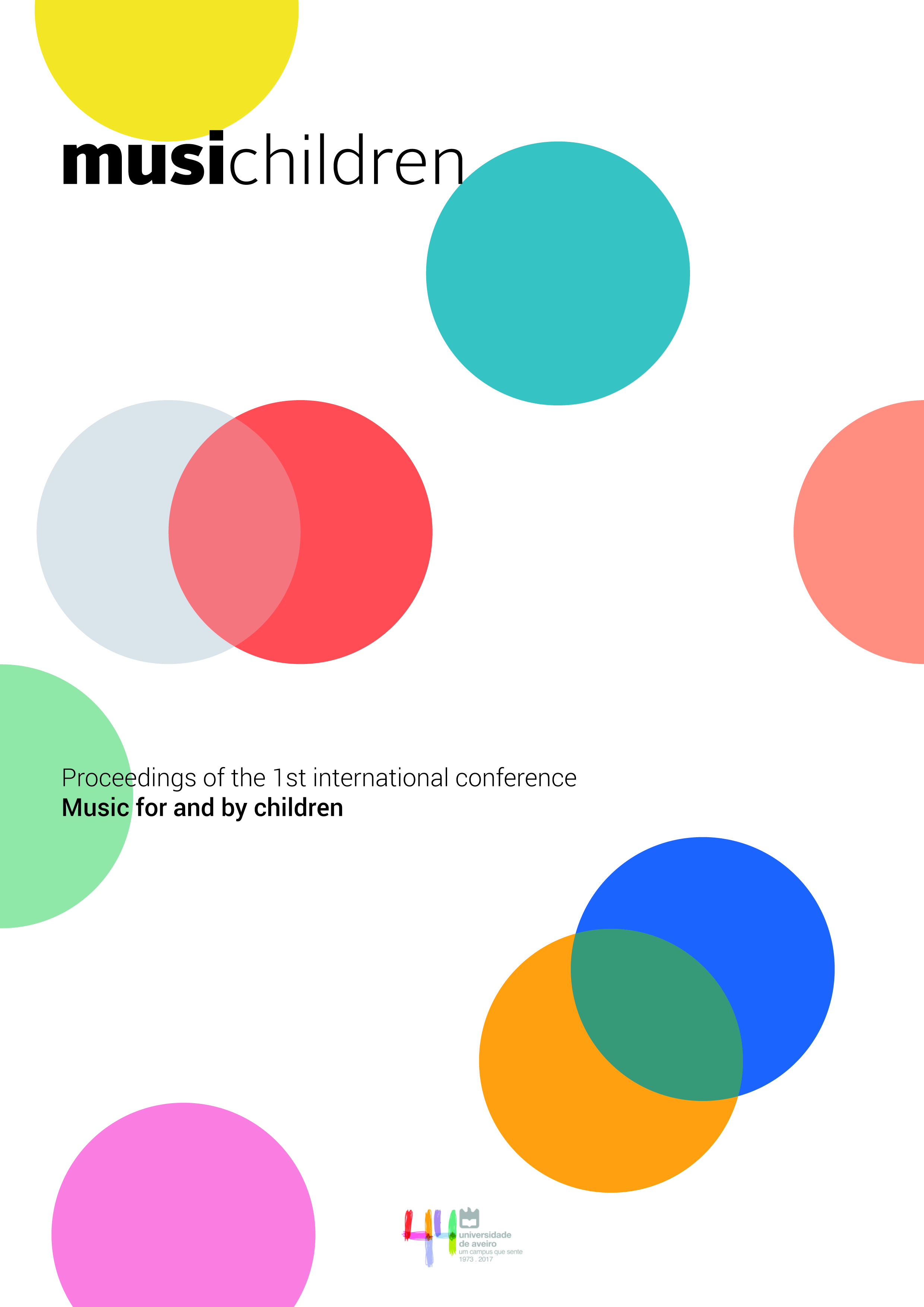Listening and body movement
Abstract
Many recent studies argue about the intertwined relation between motor knowledge and the mind of the listener or performer (Leman, 2007; 2010; Abril, 2011). According to some implications of the relationship between music and movement explored in previous studies, (Piras 2013; 2014; Piras, Fortuna & Maffioli 2015; 2016; 2017) the present research investigates the role of movement during the activities of listening according to Jaques-Dalcroze and Laban theories. L.M.A. (Laban Movement Analysis) focused on the motion factors of Time, Weight, Space, Flow (Laban, 1948). The starting questions of the present article are the following: Are there differences among the body performances with and without an object or a musical instrument? If so, what kind of differences could be noted? Could these differences be referred to the dalcrozian thought about the correspondence between Music and Movement, and to the Laban's motion factors? Could they be realized through a didactic activity useful both for musicians and dancers, starting from this kind of path? The method used to answer the question was: A sample composed of 4 children, aged 8, two of them studying music, and the other two studying dance, followed a common procedure. They were asked to perform music with movement in the following modes: (i) Only with movement; (ii) Movement with an object (a foulard); (iii) Movement with a little percussion instrument; (iv) Only movement. Questions were given to the children dealing with their way of thinking and interpreting music. The results confirm a starting hypothesis that an object could change a movement performance likewise in body activity with its musical relationship. The ability of the subjects to expand their vocabulary of movement according to its objectives, is manifested, together with the exploration of musical phrasing and the pleasure of movement in a Flow experience way.





